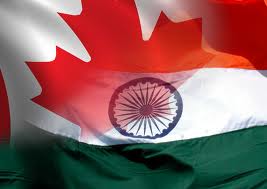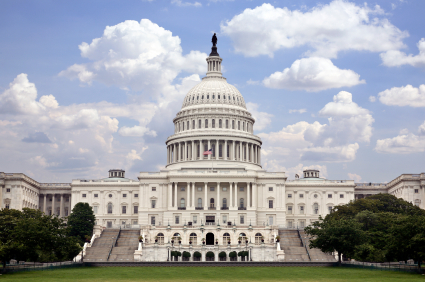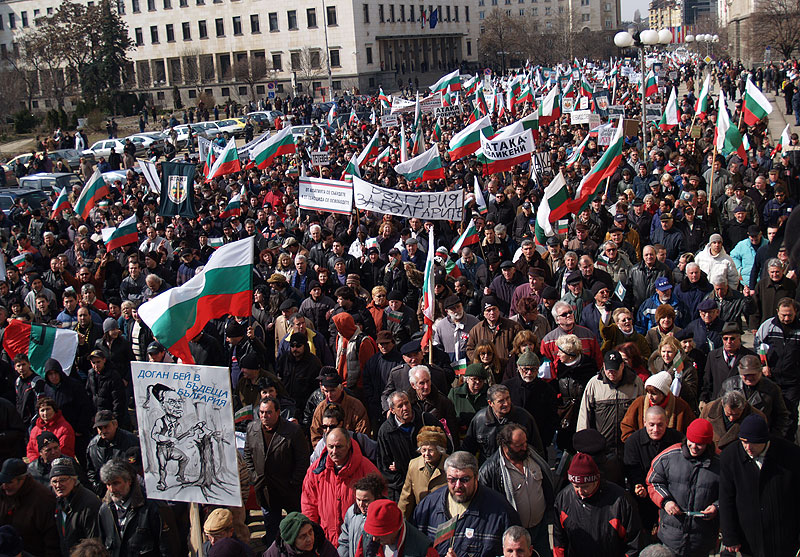On 9 Novemebr British Development Secretary Justine Greening announced that Great Britain’s aid programme in India will be restructured, with the result that all financial aid will cease by 2015. Instead about $319 million dollars’ worth of aid, Britain will offer technical assistance, and private-sector investment.
This move has been fairly criticised and ‘premature’ by such organisations as Save the Children and Oxfam. Some 360 million Indians live on less than a dollar a day, a quarter of the population is still illiterate, and millions die from preventable diseases. It is these people who may suffer first from any diminution in aid, however small it may be.
On the other hand, many could argue that Britain’s recent move is long-overdue. Since economic liberalisation in 1991 the Indian economy has grown at impressive rates. Though there has been drastic fluctuation in growth, which cannot be overlooked, the Indian economy has posted an average growth rate of 7% annually over the past decade or so. India has 69 billionaires, as well as its own space programme. India spends billions of dollars on defence, and also gives foreign aid to other countries. This last detail is perhaps the strangest of all given the state of India’s poorest citizens.
That British aid amounted not even to 1% of what the Indian government spends on health and welfare schemes means that cancelling direct financial support may prove to be symbolic only. In short, the economic relationship between Great Britain and the centrepiece of its former empire is at best ambiguous now, and may soon prove to be one of equals. Those who think of India only as an ‘emerging economy’ (which is something of a misnomer anyway) may well be forced to abandon the title soon. The British decision to cut off aid may well be construed as a turning point.[captionpix align=”right” theme=”elegant” width=”320″ imgsrc=”http://news.saanj.net/wp-content/uploads/2012/11/PM-Stephen-Harper-with-India-PM-Manmohan-Singh.jpg” captiontext=”Canadian PM Stephen Harper and Indian PM Manmohan Singh in trade talks in India this month.”]
Meanwhile, Canada has made free trade with India a major priority. Since 2006 Canada has opened new trade offices in Hyderabad, Kolkata, and Ahmedabad, and Canadian and Indian free trade negotiations entered a sixth round this month. They are expected to conclude in 2013. This November also saw Canadian Prime Minister Stephen Harper’s second official visit to India which aimed both at building a stronger bilateral partnership between India and Canada and at tripling annual trade to $15 billion. Mr Harper also announced the creation of a new Canadian consulate in Bangalore, scheduled to open this summer.
Proponents of the ‘trade not aid’ approach will almost certainly be pleased with Canadian and British efforts regarding India. Advocates for stronger ties and free trade within the Commonwealth will also receive this as good news. Critics of the ‘trade not aid’ approach may expect more from Canada and Britain. But it must be recognised that Indian Finance Minister P. Chidambaram greeted Britain’s decision to end aid with these words: ‘We don’t really need the aid…We have accepted it in the past, but I think both countries have agreed that we can emphasise on trade [sic], rather than aid.’
But trading with and investing in India are not without serious risk in the short term. The Economisthas recently drawn attention to some of the major problems with foreign investment in India. Corruption remains a serious problem, as does the threat of political gridlock, and in March of this year a government budget was passed which aimed not only to impose a retroactive tax on Vodaphone, India’s biggest foreign investor, but also to clamp down on the holding structures which most foreign investors use. Directing money though Mauritius was of particular concern, apparently. The result was an outflow of about $1 billion dollars’ worth of foreign investment last April: a frightening development in a country whose deficit is growing. [captionpix align=”left” theme=”elegant” width=”320″ imgsrc=”http://natoassociation.ca/wp-content/uploads/2012/11/OB-UP408_irbi09_G_20120917014724.jpg” captiontext=”The Indian Reserve Bank in Mumbai, where monetary policy is set.”]
And yet since April, foreign investment seems to have returned with a vengeance. Investors have bought at least $5 billion dollars’ worth of Indian shares and bonds. So confidence seems high, though The Economist has rightly pointed out that the Indian political climate seems to have worsened, its credit rating may soon be downgraded, and it is not entirely clear who the main investors in India are. The usual pension and mutual funds are not buying.
So we may well ask why Canada is bothering to pursue a free trade deal with India at all? First of all, if we can achieve the goal of tripling annual trade with India to $15 billion, this would make India one of our biggest trading partners — obviously nowhere near as large as our trade with the United States, but respectable nonetheless. Second, despite economic ups and downs, and present political uncertainty, India’s demographics and burgeoning middle class suggest a good economic outlook in the longer term: Canada will do well to be a part of this. Third, a free trade deal with India will be the beginning of stronger business ties with the rest of Asia. With this in mind, Canada will be in a much stronger position when it comes to negotiating free trade with China. So November 2012 could one day be remembered as a noteworthy turning point the history of both India and Canada.
This is only a glimpse of a few milestones in India’s more recent history. It is hard to say how things may unfold in the short term, but in time Canada will congratulate itself on being an active participant in India’s economic rise.




